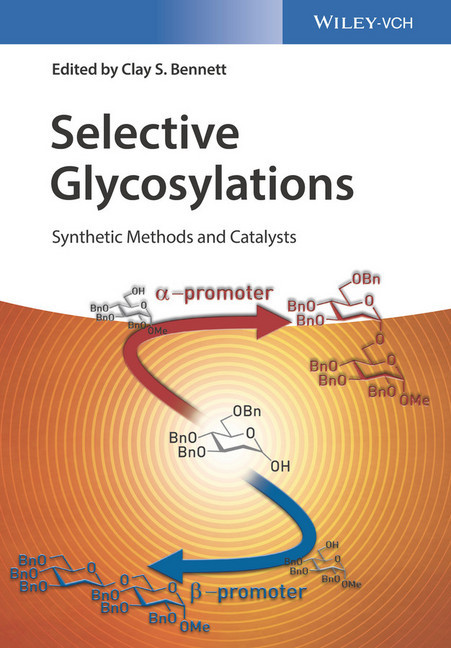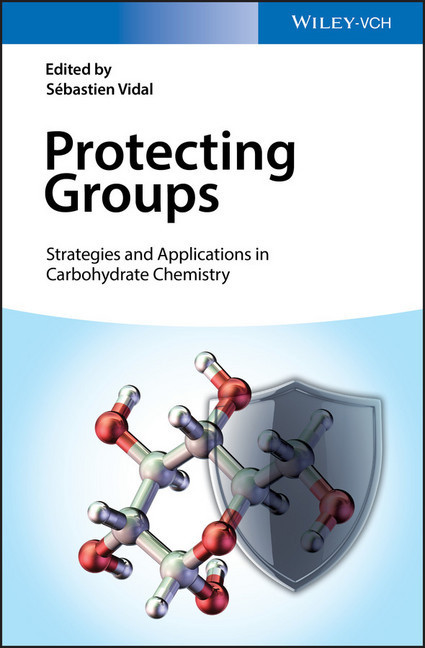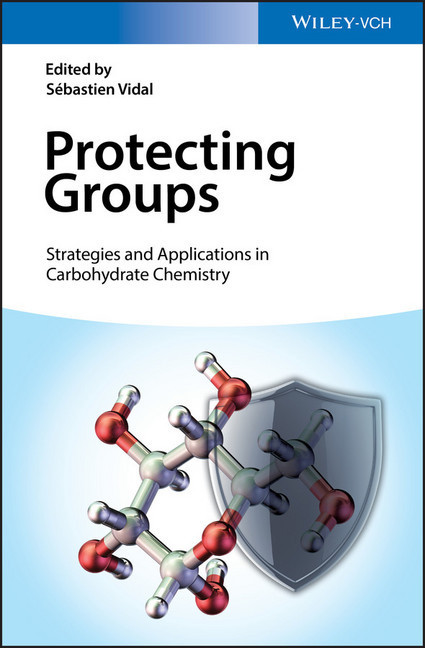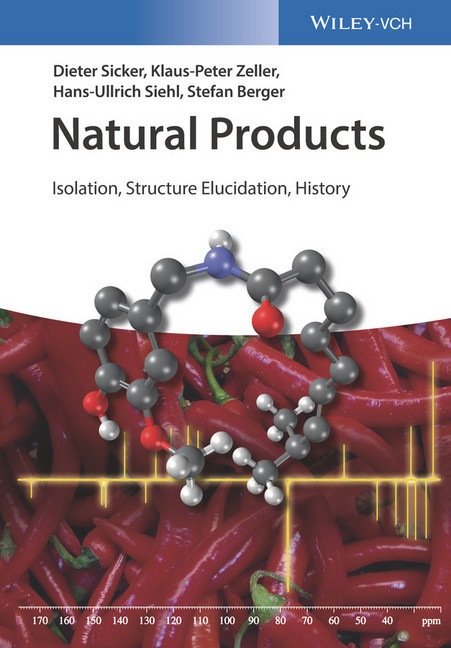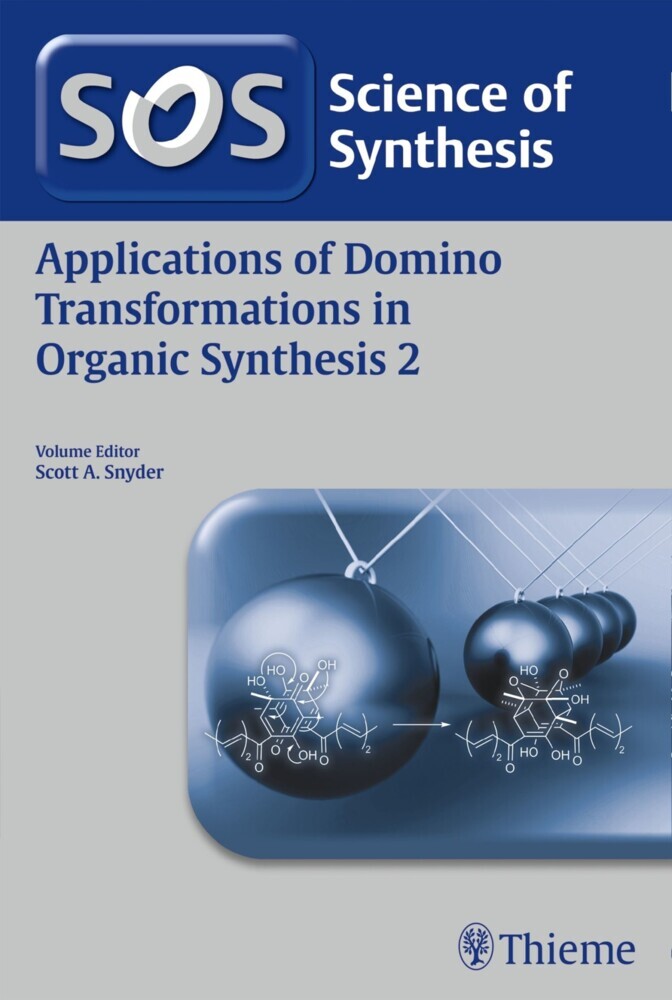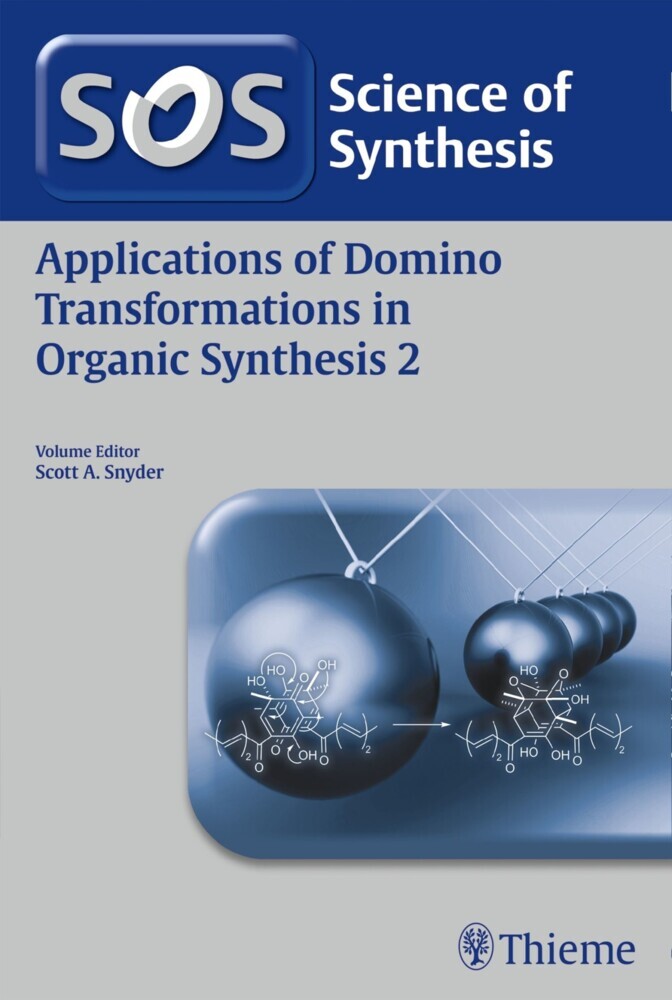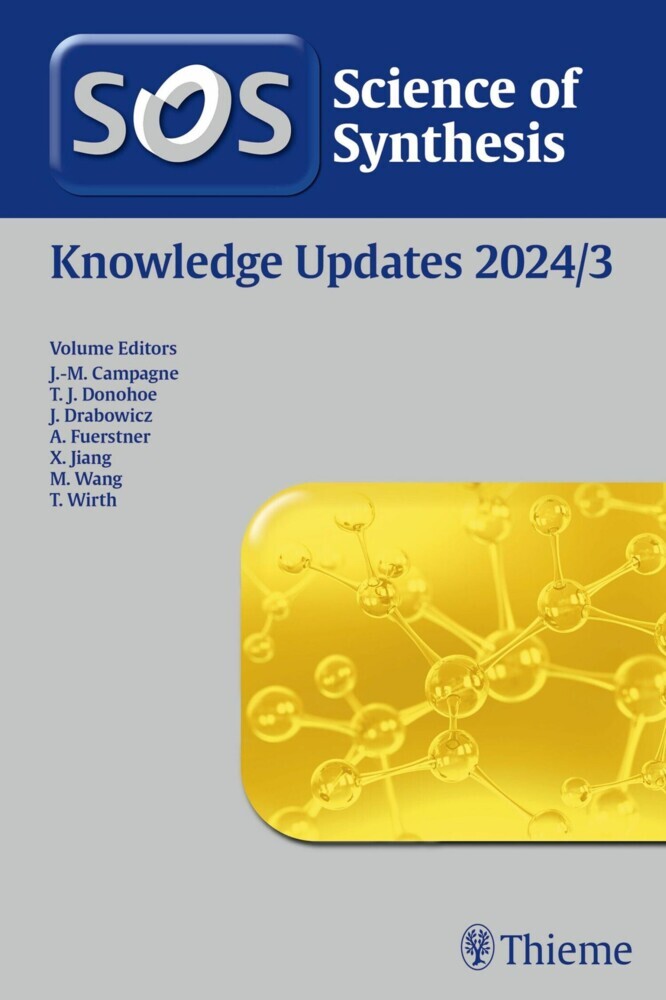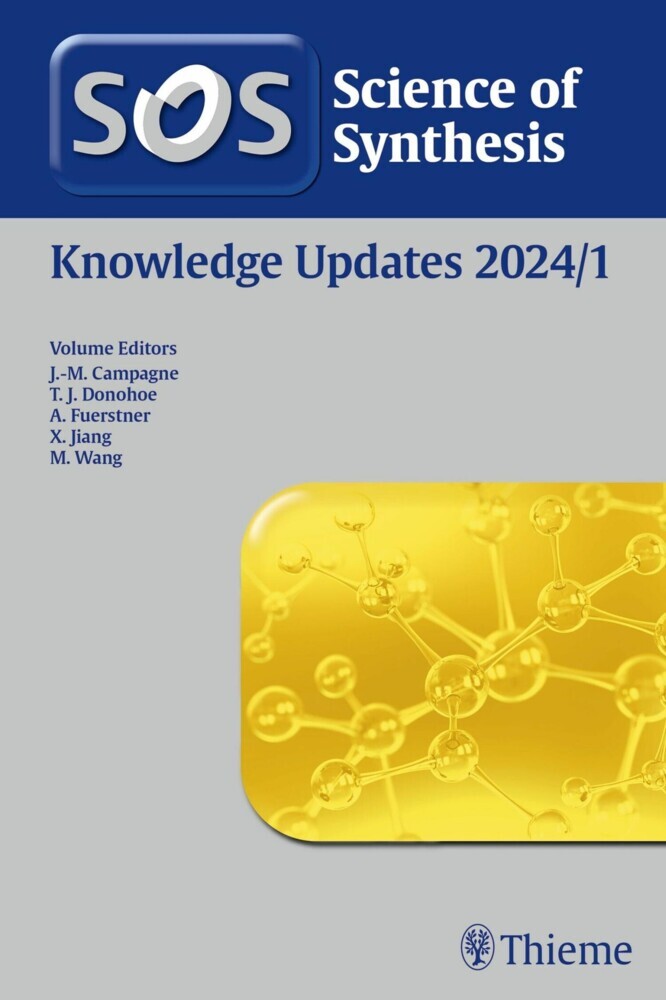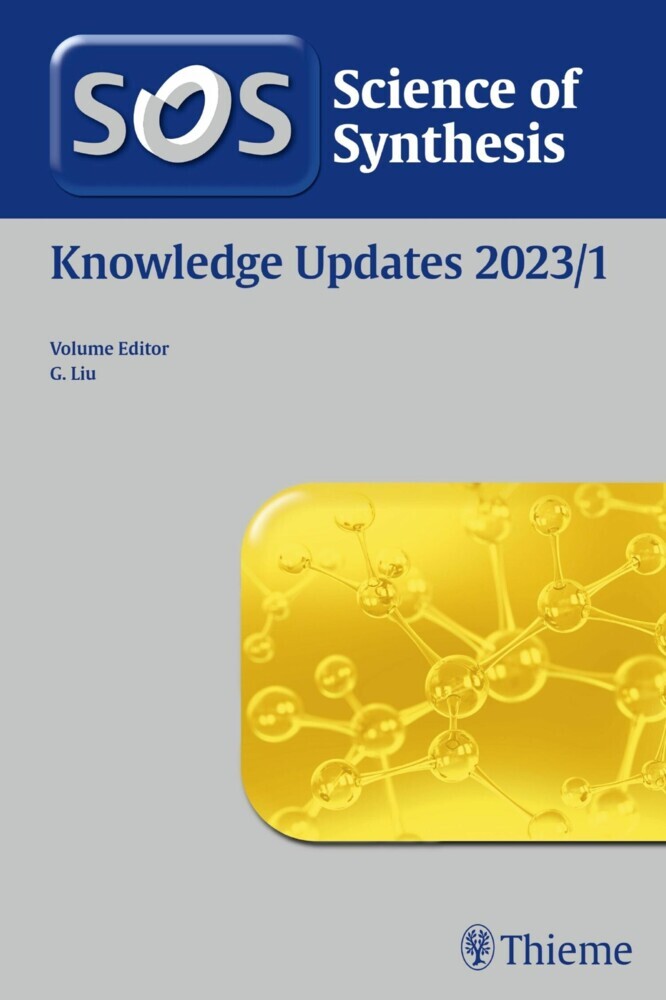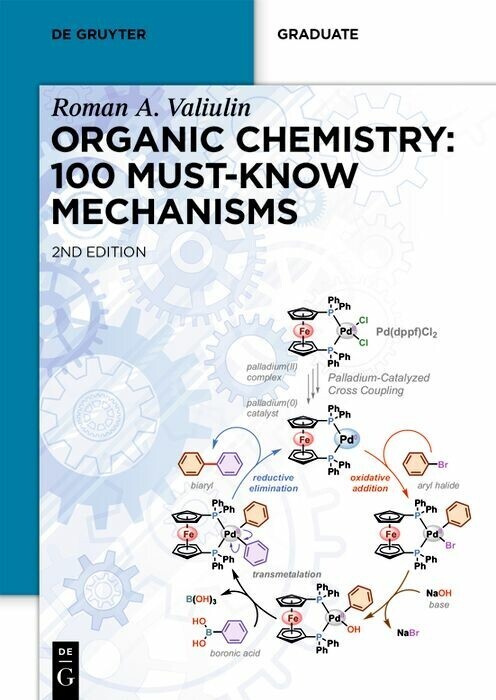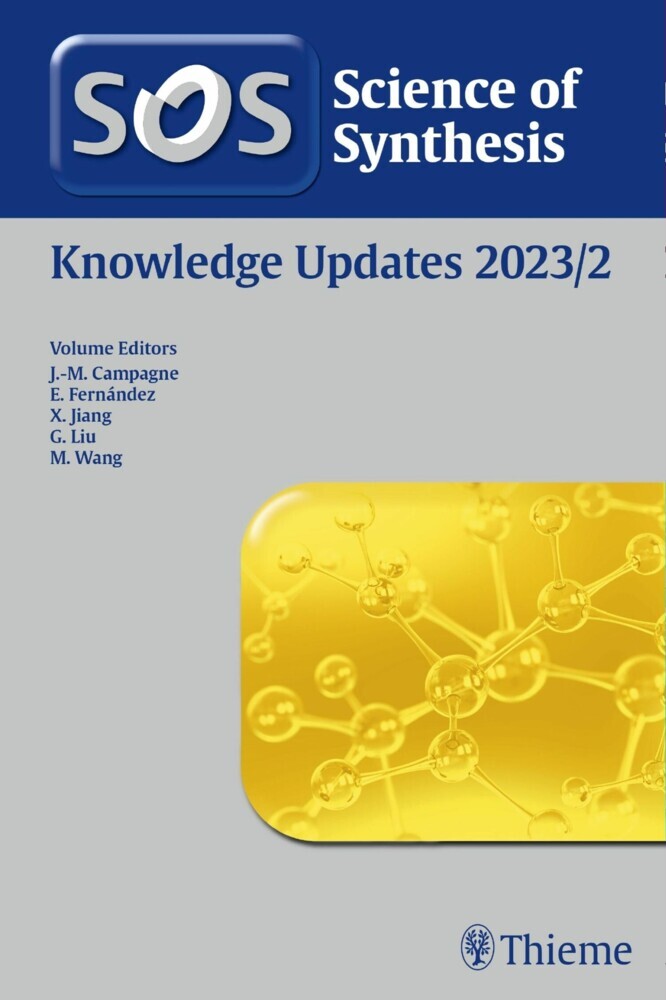Selective Glycosylations
Synthetic Methods and Catalysts
A comprehensive summary of novel approaches to the stereoselective construction of glycosidic linkages, covering modern glycosylation methods and their use and application in natural product synthesis and drug discovery.
Clearly divided into five sections, the first describes recent advances in classical methodologies in carbohydrate chemistry, while the second goes on to deal with newer chemistries developed to control selectivity in glycosylation reactions. Section three is devoted to selective glycosylation reactions that rely on the use of catalytic promoters. Section four describes modern approaches for controlling regioselectivity in carbohydrate synthesis. The final section focuses on new developments in the construction of 'unusual' sugars and is rounded off by a presentation of modern procedures for the construction of glycosylated natural products.
By providing the latest advances in glycosylation as well as information on mechanistic aspects of the reaction, this is an invaluable reference for both specialists and beginners in this booming interdisciplinary field that includes carbohydrate chemistry, organic synthesis, catalysis, and biochemistry.
Clay S. Bennett is an associate professor in the Department of Chemistry at Tufts University, Medford, USA. He received his B.A. in chemistry from Connecticut College (New London, USA) in 1999, where he carried out undergraduate research in bioorganic chemistry with Prof. Bruce Branchini. He then entered the University of Pennsylvania, USA, where he studied natural products total synthesis with Prof. Amos B. Smith, III. Upon obtaining his Ph.D. in 2005 he joined the lab of Prof. Chi-Huey Wong at the Scripps Research Institute, San Diego, California, USA, to study carbohydrate chemistry as a postdoctoral researcher. His current research interests focus on developing new stereoselective glycosylation reactions and application of these technologies to the synthesis carbohydrate-based vaccines and oligosaccharide antibiotics.
Clearly divided into five sections, the first describes recent advances in classical methodologies in carbohydrate chemistry, while the second goes on to deal with newer chemistries developed to control selectivity in glycosylation reactions. Section three is devoted to selective glycosylation reactions that rely on the use of catalytic promoters. Section four describes modern approaches for controlling regioselectivity in carbohydrate synthesis. The final section focuses on new developments in the construction of 'unusual' sugars and is rounded off by a presentation of modern procedures for the construction of glycosylated natural products.
By providing the latest advances in glycosylation as well as information on mechanistic aspects of the reaction, this is an invaluable reference for both specialists and beginners in this booming interdisciplinary field that includes carbohydrate chemistry, organic synthesis, catalysis, and biochemistry.
Clay S. Bennett is an associate professor in the Department of Chemistry at Tufts University, Medford, USA. He received his B.A. in chemistry from Connecticut College (New London, USA) in 1999, where he carried out undergraduate research in bioorganic chemistry with Prof. Bruce Branchini. He then entered the University of Pennsylvania, USA, where he studied natural products total synthesis with Prof. Amos B. Smith, III. Upon obtaining his Ph.D. in 2005 he joined the lab of Prof. Chi-Huey Wong at the Scripps Research Institute, San Diego, California, USA, to study carbohydrate chemistry as a postdoctoral researcher. His current research interests focus on developing new stereoselective glycosylation reactions and application of these technologies to the synthesis carbohydrate-based vaccines and oligosaccharide antibiotics.
1;Cover;1 2;Title Page;5 3;Copyright;6 4;Contents;7 5;List of Contributors;13 6;Preface;17 7;Part I Introduction;19 7.1;Chapter 1 Stereoselective Glycosylations - Additions to Oxocarbenium Ions;21 7.1.1;1.1 Introduction;21 7.1.2;1.2 Stability, Reactivity, and Conformational Behavior of Glycosyl Oxocarbenium Ions;22 7.1.3;1.3 Computational Studies;28 7.1.4;1.4 Observation of Glycosyl Oxocarbenium Ions by NMR Spectroscopy;32 7.1.5;1.5 Oxocarbenium Ion(-like) Intermediates as Product-Forming Intermediates in Glycosylation Reactions;33 7.1.6;1.6 Conclusion;42 7.1.7;References;44 7.2;Chapter 2 Application of Armed, Disarmed, Superarmed, and Superdisarmed Building Blocks in Stereocontrolled Glycosylation and Expeditious Oligosaccharide Synthesis;47 7.2.1;2.1 Introduction: Chemical Synthesis of Glycosides and Oligosaccharides;47 7.2.2;2.2 Fraser?Reid's Armed-Disarmed Strategy for Oligosaccharide Synthesis;49 7.2.3;2.3 Many Reactivity Levels Exist between the Armed and Disarmed Building Blocks;51 7.2.4;2.4 Modes for Enhancing the Reactivity: Superarmed Building Blocks;53 7.2.5;2.5 Modes for Decreasing the Reactivity: Superdisarmed Building Blocks;56 7.2.6;2.6 Application of Armed and Disarmed Building Blocks in Stereocontrolled Glycosylation;59 7.2.7;2.7 Application of Armed/Superarmed and Disarmed Building Blocks in Chemoselective Oligosaccharide Synthesis;64 7.2.8;2.8 Conclusions and Outlook;72 7.2.9;References;73 7.3;Chapter 3 Solvent Effect on Glycosylation;77 7.3.1;3.1 Introduction;77 7.3.2;3.2 General Properties of Solvents Used in Glycosylation;78 7.3.3;3.3 Polar and Noncoordinating Solvents in Glycosylation;80 7.3.4;3.4 Weakly Polar and Noncoordinating Solvents in Glycosylation;81 7.3.5;3.5 Polar and Coordinating Solvents in Glycosylation;82 7.3.6;3.6 Weakly Polar and Coordinating Solvents in Glycosylation;86 7.3.7;3.7 Solvent Effect of Ionic Liquid on Glycosylation;89 7.3.8;3.8 Solvent Effect on Electrochemical Glycosylation;91 7.3.9;3.9 Molecular Dynamics Simulations Studies on Solvent Effect;91 7.3.10;3.10 Conclusions;92 7.3.11;References;93 8;Part II Stereocontrolled Approaches to Glycan Synthesis;97 8.1;Chapter 4 Intramolecular Aglycon Delivery toward 1,2-cis Selective Glycosylation;99 8.1.1;4.1 Introduction;99 8.1.2;4.2 Ketal Type Tethers;100 8.1.3;4.3 Silicon Tethers;100 8.1.4;4.4 2-Iodoalkylidene Acetals as Tether;102 8.1.5;4.5 Benzylidene Acetals as Tether;104 8.1.6;4.6 IAD through Hemiaminal Ethers;111 8.1.7;4.7 Conclusions;111 8.1.8;References;112 8.2;Chapter 5 Chiral Auxiliaries in Stereoselective Glycosylation Reactions;115 8.2.1;5.1 Introduction;115 8.2.2;5.2 Neighboring Group Participation of O-2 Chiral Auxiliaries;115 8.2.3;5.3 Neighboring Group Participation of O-2 Achiral Auxiliaries;121 8.2.4;5.4 Preconfigured Chiral Auxiliaries;124 8.2.5;5.5 Conclusion;129 8.2.6;References;130 8.3;Chapter 6 Glycosylation with Glycosyl Sulfonates;133 8.3.1;6.1 Introduction;133 8.3.2;6.2 Formation of Glycosyl Sulfonates;133 8.3.3;6.3 Evidence for Glycosyl Sulfonates;136 8.3.4;6.4 Location of the Glycosyl Sulfonates in the General Glycosylation Mechanism;137 8.3.5;6.5 Applications in O-Glycoside Synthesis;141 8.3.6;6.6 Applications in S-Glycoside Synthesis;146 8.3.7;6.7 Applications in C-Glycoside Synthesis;146 8.3.8;6.8 Polymer-Supported Glycosylation with Sulfonates;147 8.3.9;6.9 Conclusion;148 8.3.10;References;148 9;Part III Catalytic Activation of Glycosides;153 9.1;Chapter 7 Stereoselective C-Glycosylation from Glycal Scaffolds;155 9.1.1;7.1 Introduction;155 9.1.2;7.2 Classification of C-Glycosylation Reactions;156 9.1.3;7.3 Ferrier-Type Rearrangement;156 9.1.4;7.4 Pd-Catalyzed Heck-Type;158 9.1.5;7.5 Tsuji-Trost-Type C-Glycosylation;163 9.1.6;7.6 Sigmatropic Rearrangement;165 9.1.7;7.7 NHC-Catalyzed C-Glycosylations;167 9.1.8;7.8 Conclusion;169 9.1.9;References;169 9.2;Chapter 8 Brønsted- and Lewis-Acid-Catalyzed Glycosylation;173 9.2.1;8.1 Introduction;173 9.2.2;8.2 Chiral Brønsted Acids;173 9.2.3;8.3 Achiral Brønsted
Bennett, Clay S.
| ISBN | 9783527696222 |
|---|---|
| Artikelnummer | 9783527696222 |
| Medientyp | E-Book - PDF |
| Copyrightjahr | 2017 |
| Verlag | Wiley-VCH |
| Umfang | 400 Seiten |
| Sprache | Englisch |
| Kopierschutz | Adobe DRM |

